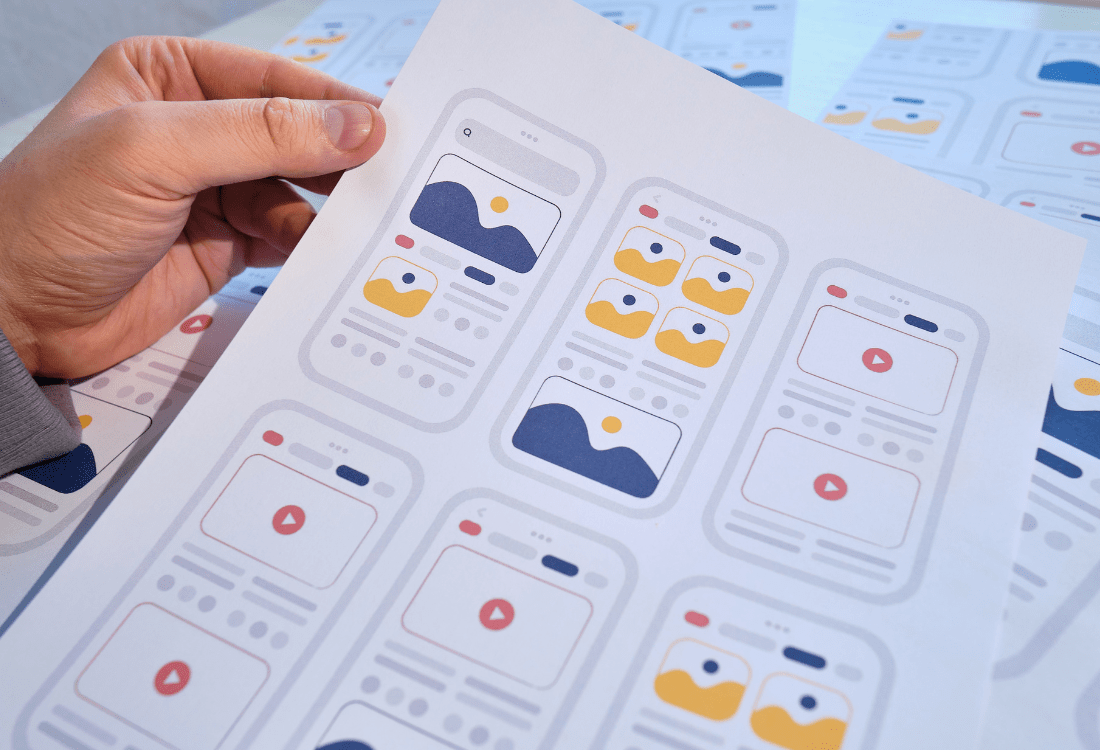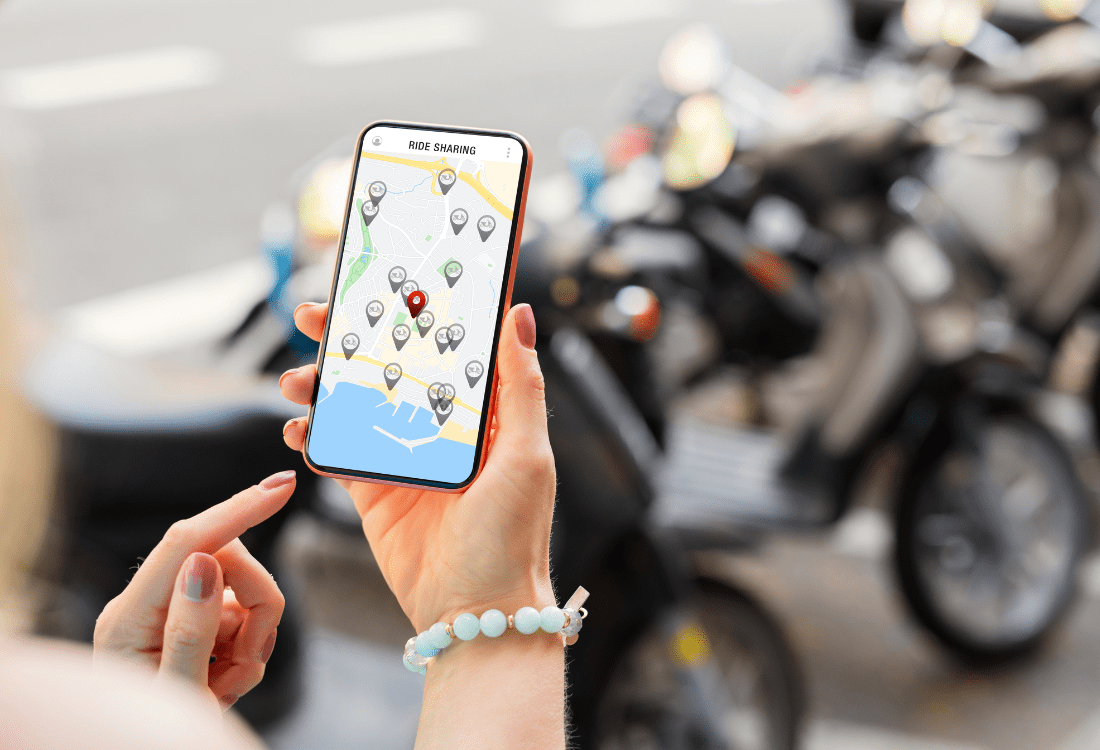How Do I Best Engage My Audience?
- Welcome Introduction
- The real value to big brands How valuable is mobile?
- And how can it shape your app What is user behaviour?
- The three factors of user engagement How do we get engaged users?
- The key to building a loyal customer base What about loyalty?
- Get it wrong and you could damage your brand What if we get it wrong?
Introduction
Using Psychology to design your mobile app. Mobile is one of the largest key growth channels available to big brands today.
How valuable is mobile?
Mobile internet usage has grown exponentially over the past decade, and the opportunities for big brands are obvious. From mobile optimised websites to in-app advertising, mobile offers a wealth of ways to enhance brand awareness. Today, brands are pushing these opportunities further by offering branded apps that further enrich the customer experience and drive up recognition and revenue. These apps not only offer features that are unavailable on websites, but put these features into the palm of the user’s hand.
What is user behaviour?
So, what makes an app so popular? What is the secret to designing and developing a killer app that will not only capture the attention of your target audience, but ensure the app becomes an integral part of their lives. Psychological perspective can play a huge part in getting your app noticed. This is a highly competitive market, after all. The more you can do to capture attention and engage users quickly, the more chance you will have of standing out from the crowd.
There are a number of factors that can drive user behaviour. Most people can be driven to change their behaviour if there is something in it for them, such as a reward. With a mobile app, this could be in the form of money, points, extra lives or simply the enjoyment that comes from engaging with the app. In psychology, these behaviours are distinguished as intrinsic and extrinsic motivators and they can play a huge part in the design of your app. However, rewards are only one part of the psychological picture.
How do we get engaged users?
According to BJ Fogg’s behavior model, there need to be three factors present before a specific user behaviour will occur:
- Motivation
- Ability
- Trigger
Let’s assume that you have an exercise app that motivates and rewards users when they partake in some exercise. BJ Fogg’s model assumes that the user is motivated to exercise, that they have the ability to exercise (for example, they have access to a bike) and that a simple trigger such as a vibrating or text notification will motivate them into action.
This model can be built into most apps but is very effective when combined with rewards and progress mapping that acts as a further motivator. This is a common model built into most gaming apps. The user starts at a beginner level and slowly progresses to higher levels collecting points, rewards and extra lives as they go – each serving as a motivator to keep playing.
What about loyalty?
The phrase “if you build it they will come” may work in the movies, but when it comes to designing apps, it’s a whole different ball game. For an app to be successful and to bring you the best return on your investment, you need to build a loyal customer base through your mobile app. This means appealing to your customers’ needs, building your app well, testing it thoroughly and developing a robust marketing strategy to ensure people know about your app and want to download it.
It’s all about adding value. The best mobile apps are those that are useful to a user’s daily life. A restaurant app that merely offers opening times and a menu may be downloaded thousands of times, but does it really offer value and will it attract custom? Probably not, but add motivators such as promotions and loyalty points into the mix, and your app will start to gain traction and win you a loyal and returning fan base.
What if we get it wrong?
Mobile app design can be a challenging area, and it’s one that you will want to get right the first time. Get it wrong and you could be throwing thousands of dollars into the wind. You could also damage your brand and alienate your users if your app makes it into the marketplace and is poorly received. Building apps that get people talking, that top app charts and bring your brand closer to your customers is not rocket science, but it’s a strategy that needs to be approached in the right way.
A good app starts with a good understanding of what makes your target audience tick, what is going to keep them ticking and how to motivate them to make your app a key part of their lives. If you can get this right, you could just have an unstoppable product on your hands that goes on generating revenue for you for many years to come.
From Our Blog
Stay up to date with what is new in our industry, learn more about the upcoming products and events.

The Importance Of Focus Groups In Your Luxury App Development

UX Matters: How Good Mobile App Design Transforms Customer Experience



